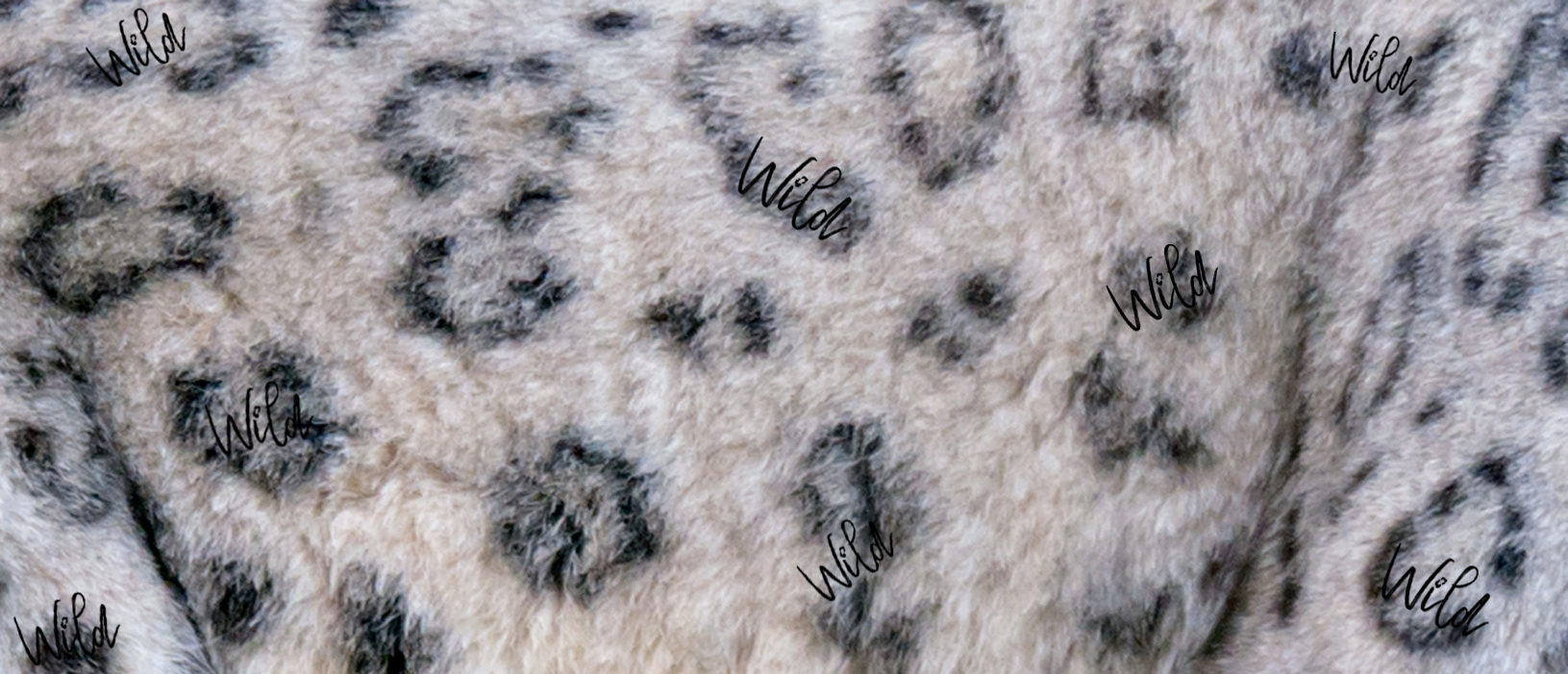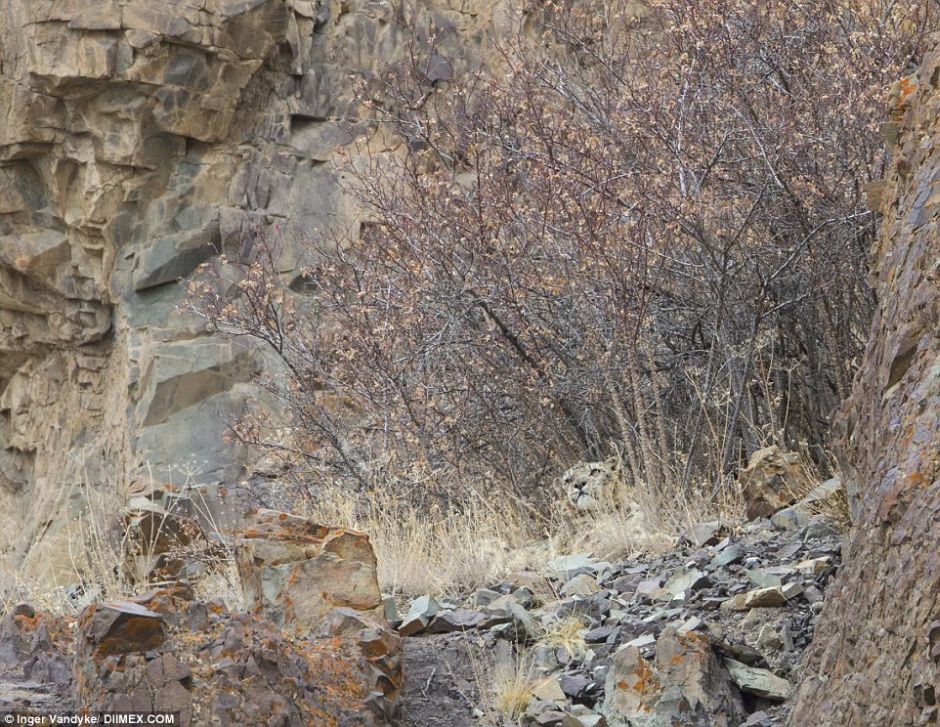

Commonly, the cat is a solitary hunter however, it may share the task with its mate during breeding season. They are strictly carnivores and their prey includes the Ibex, Markhor, Bharal, Marmots and small rodents. Snow Leopards are opportunists when it comes to feeding. In winter, moves down after its prey to an altitude of around 2000m (5600 ft.). During the summer, the snow leopard inhabits mountainous meadows above the tree line in rocky alpine regions at an altitude of 2,700 to 6,000 m (7500- 17000 ft.). Snow leopards live in alpine and subalpine zones. Cliffs and major ridgelines are preferred for daytime resting.

Steep, rocky and broken terrain are the preferred bedding areas for Snow Leopards, specifically on or nearby to a landform edge close to natural vegetation. The powerful limbs of the snow leopard are relatively short for their body size and are supported by large, powerful paws. Their long tail helps the cat’s balance as they move over rugged and often snowy terrain. The Snow Leopard’s head, which has small ears and a distinctive heavy brow, is rounded and comparatively small for their body size.

Snow Leopards have heavy fur on their tail and the bottoms of their paws are covered with fur for protection against the cold snow. Their fur is long and woolly and helps protect the cat from extreme cold. The markings help camouflage it from prey. They have white fur coat with brownish/yellow tinges that is covered with rings of brown/black rosette/spots. Snow Leopards are large cats, most active at dawn and dusk.


 0 kommentar(er)
0 kommentar(er)
